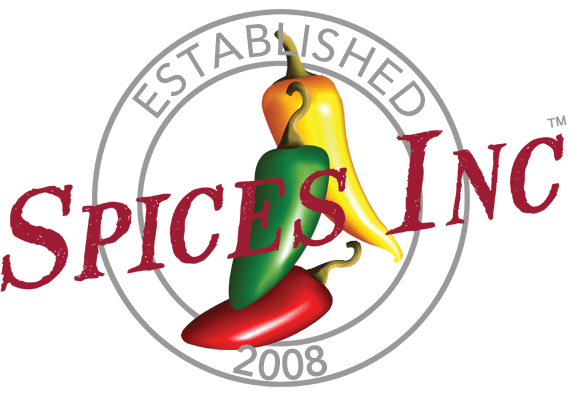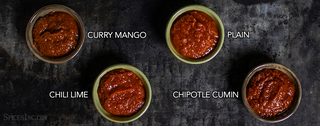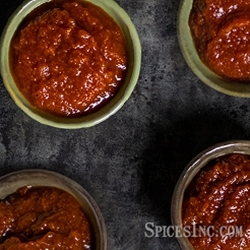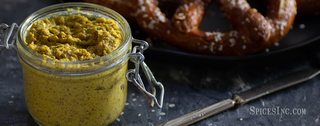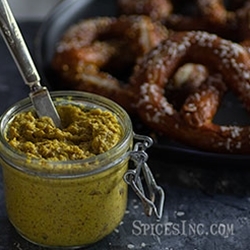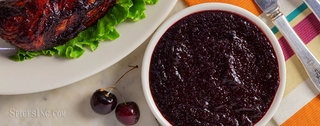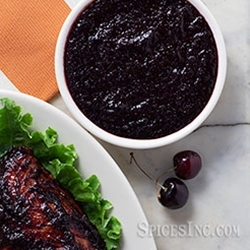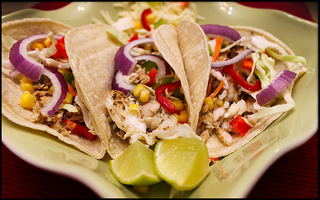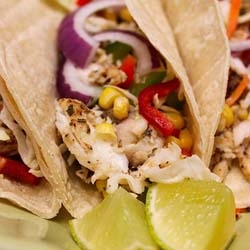Ground Yellow Mustard
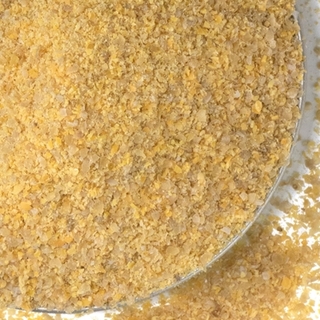
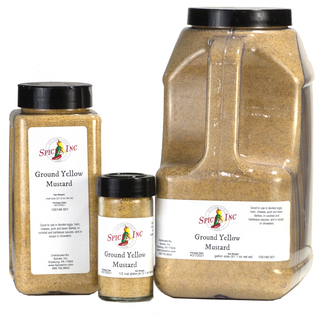


Ground Yellow Mustard
Ground Yellow Mustard, Brassica alba, is sometimes called ground mustard, bulk mustard powder, or yellow dry mustard.
Whole mustard seeds are harvested from three different plants: yellow (also known as white) mustard, brown mustard, and black mustard.
Food historians believe that mustard seeds were first cultivated around 3,000 BC in ancient Egypt. Pliny the Elder (23-79 AD) who authored "Natural History", one of the first encyclopedias, is credited with writing a recipe for a condiment that mixed crushed mustard seeds with vinegar.
Our Ground Yellow Mustard is popular with our specialty shop, seasoning company, and brewpub customers.
Flavor Profile
Dry mustard by itself has little to no flavor. Dry roasting the seeds before use releases an earthy aroma and a nuttier taste.
How To Use
Ground Yellow Mustard is a terrific way to add some punch to foods without the lingering heat that can come from chile peppers. Use this powder when making a German-style mustard, of course, but were you aware this adds depth to Ketchup as well? You can add a tablespoon of Ground Yellow Mustard to your favorite DIY Dry Rib Rub and then top of your ribs with Cherry Balsamic BBQ Sauce, laced with Ground Yellow Mustard. In the Caribbean, dry mustard delivers a little kick to sauces for fruit, so add some to Pineapple Cilantro Dressing to keep the fruity idea going, or stir into your favorite vinaigrette.
Use ground mustard in bean, cheese, ham and pork dishes, chowders, cocktail sauce, deviled eggs, barbecue sauces and in soups. It adds flavor to grilled and roasted beef, cabbage, strong cheeses, chicken, curries, dals, fish, and seafood, cold meats, rabbit, sauces, and sausages.
Mustard works well when paired with bay, chili, coriander, cumin, dill, fennel, fenugreek, garlic, honey, nigella, parsley, pepper, tarragon, and turmeric.
| Also Called | Dry mustard, ground mustard or mustard powder |
| Species | Brassica alba |
| Ingredients | Yellow Mustard Seeds, Ground |
| Flavor Profile | By itself has little to no flavor until it is added to water or another liquid |
| Oil content | <.2% |
| Recommended Uses | Use in bean, cheese, ham and pork dishes, chowders, cocktail sauce, deviled eggs, barbecue sauces and soups |
| Cuisine | Cajun and Creole, Caribbean, Eastern European |
| How To Store | Airtight container in a cool, dark place |
| Shelf Life | 6-12 months |
| Country of Origin | India, USA, or Canada |
Nutrition Facts
Serving Size1 tsp
Amount Per Serving
Calories12
% Daily Value*
Total Fat1g1%
Saturated Fat0g0%
Trans Fat0g
Polyunsaturated Fat0g
Monounsaturated Fat0g
Cholesterol0mg2%
Sodium0.2mg0%
Total Carbohydrate0.7g0%
Dietary Fiber0.6g2%
Total Sugars0.1g
Added Sugars0g0%
Sugar Alcohol0.0g
Protein0.7g1%
Vitamin D0mcg0%
Calcium9mg1%
Iron0mg1%
Potassium19mg0%
*The % Daily Value (DV) tells you how much a nutrient in a serving of food contributes to a daily diet. 2,000 calories a day is used for general nutrition advice. These values were calculated and therefore are approximate. For more accuracy, testing is advised.
